
Unleashing the potential of followers, especially those that seem less than ideal, is the miracle of leadership.

Unleashing the potential of followers, especially those that seem less than ideal, is the miracle of leadership.
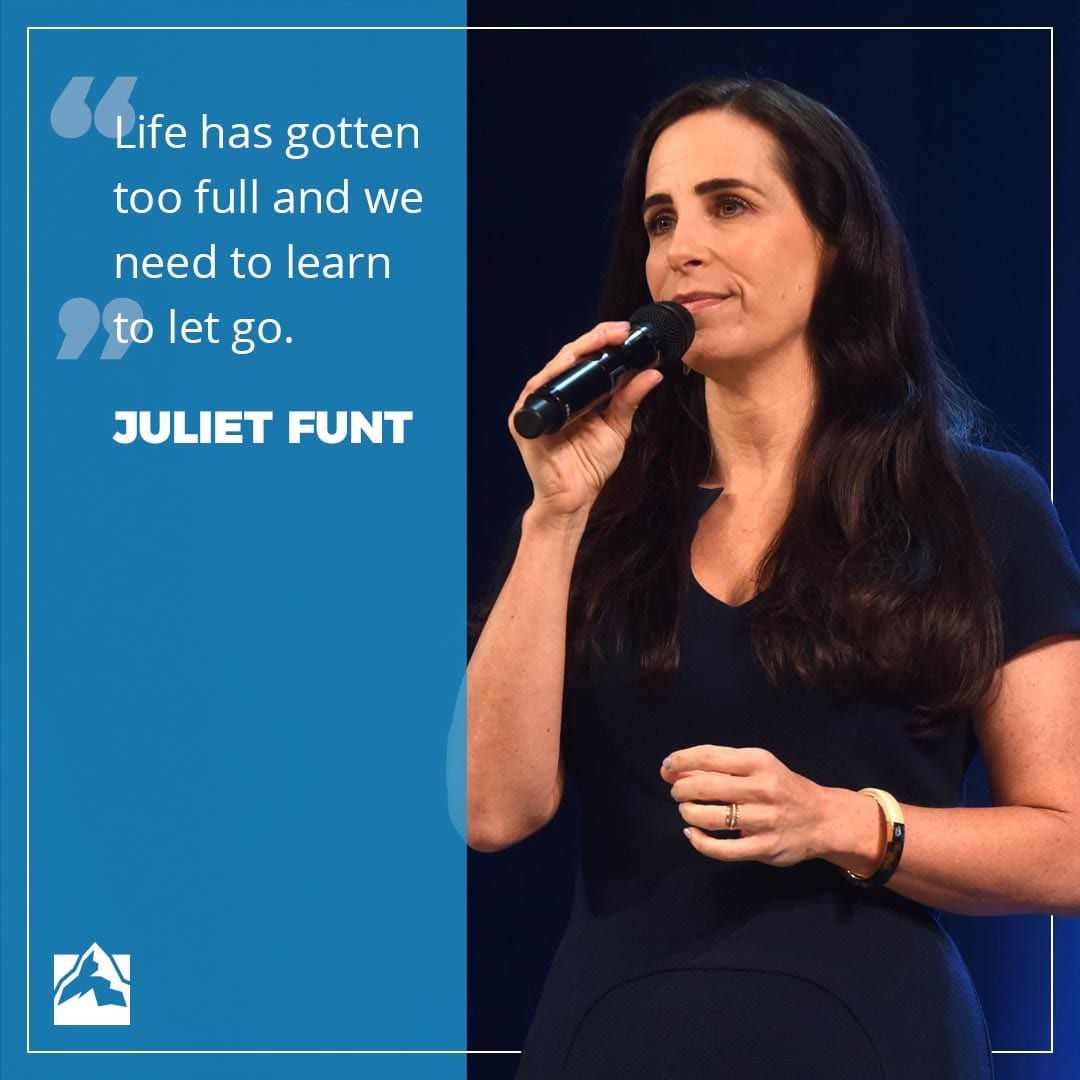
Life has gotten too full and we need to learn to let go.

Culture is a leader’s single greatest asset. Why? Because culture works 24/7. Culture never rests. Culture continually reinforces, over and over again, the values of the organization.
What is culture? Culture is the spontaneous repeated patterns of behavior by people. And I want to create a culture where every leader makes heroes of the people around them. I have the privilege of providing leadership for three significant organizations, and in each of them we are creating a hero-making culture.
Let me give you two examples of what hero-maker behavior looks like.
1. Bob Buford: “My Fruit Grows on Others’ Trees”
I was fortunate to have Bob Buford, a brilliant leader who made his fortune in the cable TV business, as a mentor. When Bob’s only son tragically died, he went through a shift he called “Half-Time,” which he described as moving from “success to significance.” I would describe that shift as going from “trying to be the hero” to “being a hero maker.”
After that shift, Bob developed a practice of always carrying a 3×5 card in his front pocket, upon which he’d list the names of 10-12 young leaders. Bob did everything he could relationally and financially to help them do the truly heroic with their lives. Bob had a motto that describes the intention of every hero maker, “My fruit grows on other people’s trees.”
2. Shalane Flanagan: “The Shalane Effect”
For the first time in 40 years, an American woman won the New York City Marathon. Shalane Flanagan crossed the finish line in a blistering time of 2 hours 26 minutes. But the New York Times explains that Flanagan has an achievement that’s even greater than winning the New York City Marathon:
“perhaps Flanagan’s bigger accomplishment lies in nurturing and promoting the rising talent around her, a rare quality in the cutthroat world of elite sports. Every single one of her training partners—all 11 women in total—has made it to the Olympics while training with her, an extraordinary feat. Call it the Shalane Effect. You serve as a rocket booster for the careers of the women who work alongside you, while catapulting forward yourself. Shalane has pioneered a new brand of ‘team mom’ to these young up-and-comers, with the confidence not to tear others down to protect her place in the hierarchy.
Shalane is not just a great runner; she is a great runner who makes every other runner around her great!
I want to create a culture in my organization where people behave like Bob Buford and Shalane Flanagan.
So how do you create a culture where every leader wants to see their fruit grow on other people’s trees, or where the objective of every leader is not just to be great, but also to serve as a “rocket booster” for young up-and-comers around them?
I believe there is a 7-Step Process for Creating a Hero-Making Culture. Here are the 7 steps to guide you:
Step #1: Declare It
A hero-making culture starts with you declaring it. There needs to be a pivotal moment where you make a commitment and know there is no turning back. If you are ready to lead a hero-making company, not-for-profit or church, write out your declaration. It doesn’t have to be eloquent or ready for publication; it just needs to be personal. Then keep it in a place where you will see it several times a week.
Step #2: Do It
The second step is for you to do it! You will be tempted to teach it or vision cast it. Please resist. Before you teach it, you need to do it yourself. As the leader, you are the primary culture creator. Culture is more caught than taught. You will reproduce not what you teach, but what you do!
Step #3: Brand It
Once you declare it and do it, you may be thinking, “Ok, now can I teach it?” Please hold off just a little longer. This third step will help you teach it to your organization more effectively. Your next step in creating a hero-making culture is to brand it. Branding includes making your culture sticky by creating new language and telling stories. My book, Hero Maker, offers you new language and lots of stories. The term “Hero Maker” is used to describe a leader who thinks of others first and multiplies generations of leaders.
Step #4: Teach It
Now you are ready to teach it, and I have found the best way to teach is a process referred to as “heart, head & hands.”
Heart—Leaders need to feel it in their hearts before they live it out in their lives. Your people need to feel your passion. And one of the best ways to help them feel it in their hearts is by telling stories.
Head—Leaders also need to get it into their heads. They need to understand intellectually how it is grounded in the values of your church or company.
Hands—Leaders need to receive permission and encouragement to live it out themselves. The goal is to change behavior.
The goal of teaching is to get a significant percentage of your people behaving as hero makers who dramatically influence others and create culture.
Step #5: Recognize It
The fifth step in creating a culture of hero makers is to recognize it. In the words of Ken Blanchard, “Catch people doing it right.” What gets rewarded gets repeated. You can recognize it in a hallway conversation or by sending a note, a text, an email; posting on social media or writing a good, old-fashioned letter that can be kept and reread.
Step #6: Repeat It
This sixth step is the hardest; repeat steps 1 through 5. You will think that your people will have heard it a hundred times and are bored and sick of it. Not true! It is just now starting to sink in and change the culture. So don’t stop repeating it, over and over again. When it comes to creating culture, intentional repetition is your ally. Repeat it. Repeat it. Repeat it.
Step #7: Institutionalize It
The last step for creating a hero-making culture is to institutionalize it. When it is written permanently on your wall, finds its way onto the annual calendar, or people re-arrange their lives to do it, that is a sign it is seeping into your organization’s DNA.
Leaders, focus your best efforts on creating a hero-making culture, and it will work for you 24/7!

It’s an awesome feeling to be part of a tremendous team, where you support and collaborate together.

Grit is something that you can build in yourself and you can build in others.
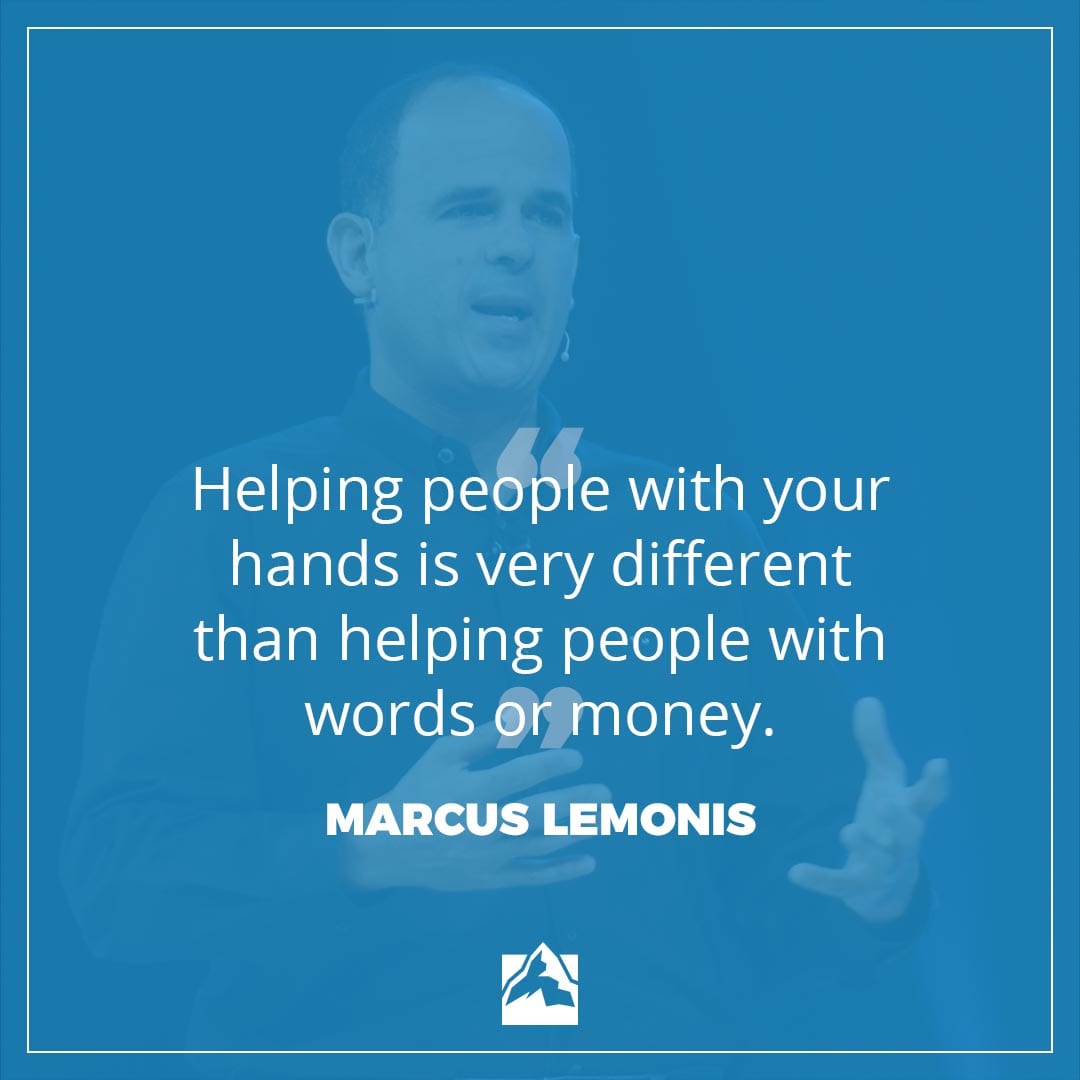
Helping people with your hands is very different than helping people with words or money.

Amy Dinning’s career path includes working in a variety of industries–pharmaceuticals, manufacturing, banking, non-profits and telecommunications. In each industry, she has designed training and learning development programs to help organizations succeed with their human resources. She was good at her job, but there was something missing. The direction was foggy. Then during a job transition, she began to wonder how to match her training skills with her heart to serve those in need.
It was during this season of transition when Amy attended her first Global Leadership Summit. The fog began to clear when she heard two questions that changed the trajectory of her journey, and clarified her leadership direction:
“I still haven’t forgotten those first two talks at my first Summit,” says Amy. “Someone spoke about paying attention to what breaks your heart, and the next speaker spoke about paying attention to what’s already in your hands to meet what God put on your heart to do. And I thought, am I doing that?”

It was an opportune season, actually. Through her layoff and job transition, God would lay an idea on her heart that exactly matched up with her skills and passion. “I came up with a concept to run a workshop at my church for people in job transition,” says Amy. “I called it Jump Start Your Job Search. The first one was held nine years ago. It was a full-day workshop, and 115 people attended. I had people asking me when I would hold another one. I hadn’t even planned on it, but I felt like God was working on my heart and this was becoming my ministry.
“So I said ok, I’ll do this as long as it is needed. Here I am nine years later, running it twice a year. I don’t get anything from it monetarily. I keep the costs low for the church and get sponsors for lunches. This is now my ministry!”
Through the workshop, Amy is using all her gifts—leadership, mercy and facilitation—to serve those in need during a time of transition in their lives. “The tag line for the workshop is to provide help and hope for those in job transition,” says Amy. “I want them to feel the care from the church, myself, the volunteers and the elders, and ultimately find hope during this season of their lives.”
“Even though I feel like God has given me this ministry, he’s still the one who’s doing it,” says Amy. He gave it to me, and gave me the idea; I need to remind myself not to go off and do it without him. I’m just a vessel. I do all the work I can and then I leave it in his hands, and it’s amazing how he pulls it all together into this incredible day that provides hope and help for people. I do my best, but it’s just remembering that it’s in his hands, and he makes it all work. Every time I speak at the workshop, I’ll lay it out before God. I say, I need you to give me my topic and he does, every time. Each time he impresses on me what I need to address. It’s always fun.
“There were times when obstacles along the way made me question whether to go on, but this isn’t something that God wants me to stop. Satan puts up road blocks. If it weren’t a good thing, God wouldn’t have given it to me!”
“I was reflecting back on that first Summit, and I realized that while I didn’t recognize it then, I received the answer to my prayers during my transition nine years ago at the Summit! God used all my gifts, and it took me three years to realize God started to answer my prayers at the Summit!
“The Summit impacts not just you, but everything you influence—your work, ministry, church and family. It is critical to develop yourself. People are looking to you. I made a pact with myself to make attending the Summit a priority every year. It’s worth the time, effort and money. When you see the stories, you realize you’re impacting that many more people’s lives. It’s not just making an impact on you. It’s making an impact on the kingdom through your leadership.
“Through the Summit, God may give you a ministry idea. Don’t be afraid to go for it! And remember you won’t ever do it alone. He will always give you what you need. He will bless you 100-fold because you’re being obedient. Sometimes we put roadblocks in our own way, but God will help you get around them. If he gives you the heart for it and the hands to do it, then do it.”
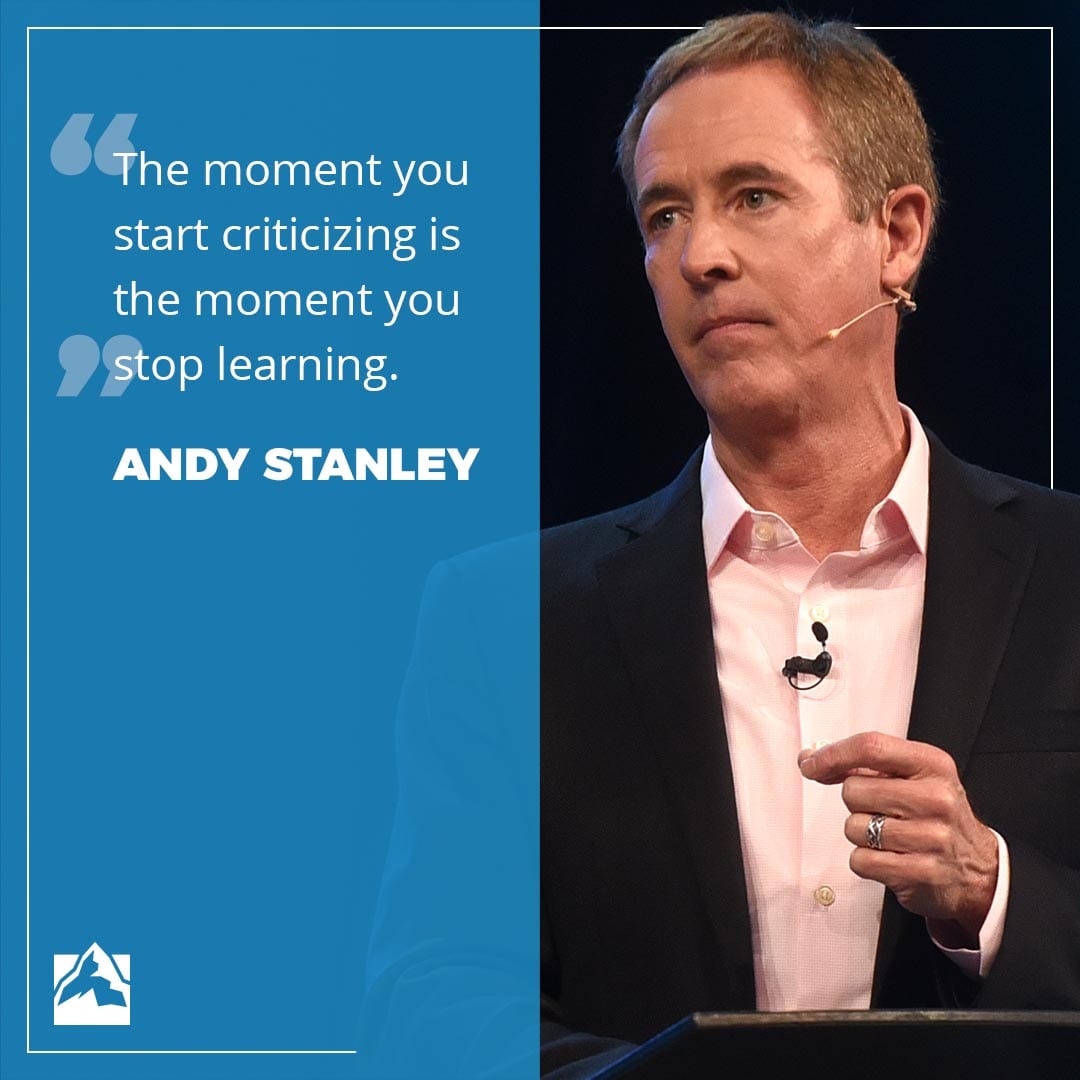
The moment you start criticizing is the moment you stop learning.
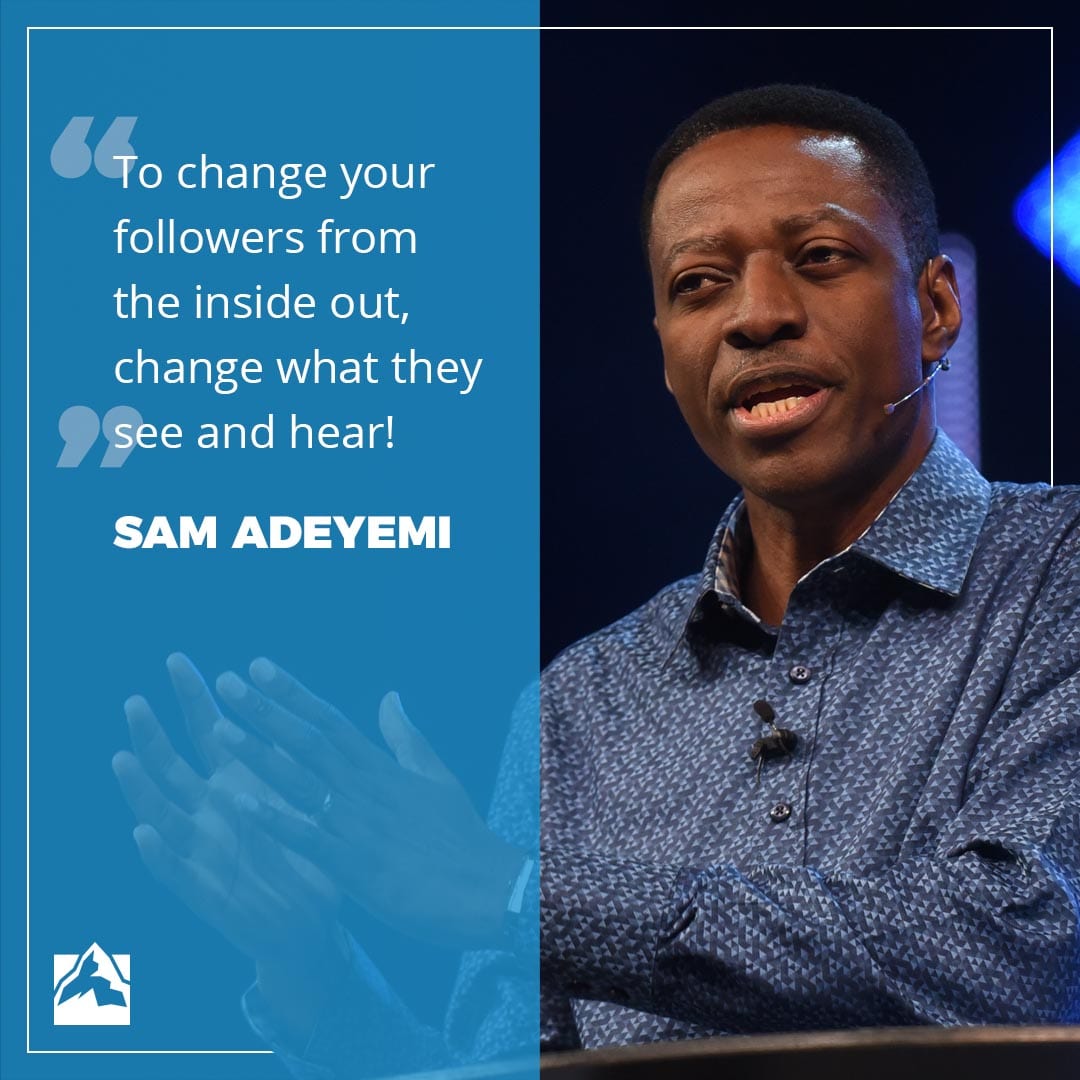
To change your followers from the inside out, change what they see and hear!
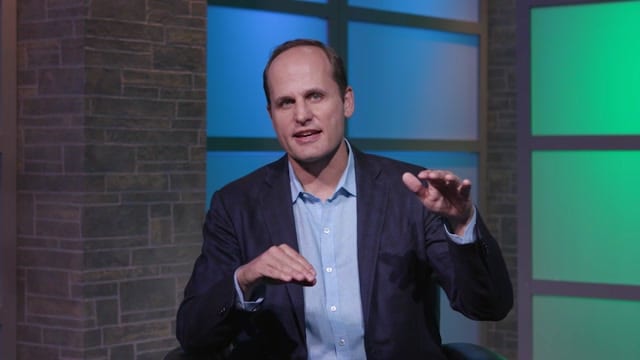
Laszlo Bock, CEO of Humu, former SVP of People at Google, author of ‘Work Rules!’ shares two ways that he keeps himself motivated every day.
“We welcome and encourage comments on this site. There may be some instances where comments will need to be edited or removed, such as:
If you have any questions on the commenting policy, please let us know at heretoserve@globalleadership.org”
Recent Comments